MercoPress. South Atlantic News Agency
Tag: Dairy Price Index
-
Friday, October 8th 2021 - 07:41 UTC
World food prices rose 1,2% in September and 32,8% year to year, FAO

World food commodity prices rose in September, led by tightening supply conditions and robust demand for staples such as wheat and palm oil, the Food and Agriculture Organization of the United Nations (FAO) reported. FAO's Food Price Index averaged 130.0 points in September, up 1.2% from August and 32.8% higher than in September 2020. The index tracks monthly changes in the international prices of commonly traded food commodities.
-
Friday, February 5th 2021 - 18:33 UTC
FAO's food prices index at its highest level since July 2014
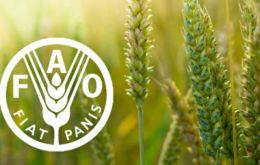
Global food prices rose in January for the eighth consecutive month, led by cereals, vegetable oils and sugar, according to the Food and Agriculture Organization of the United Nations (FAO).
-
Thursday, August 15th 2019 - 12:15 UTC
Global food commodity prices saw a slight decline in July
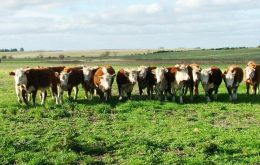
The FAO's Food Price Index, (FPI) - a trade-weighted index that measures prices of five major food commodities on international markets - averaged 170.9 points in July 2019, slipping 1.1 percent below its level in June but up 2.3 percent from a year earlier.
-
Friday, February 8th 2019 - 10:15 UTC
Global food prices started 2019 with a rebound, says FAO
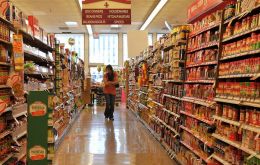
Global food prices began the year on a buoyant note, as the FAO Food Price Index averaged 164.8 points in January 2019, up 1.8 percent from the previous month. A sharp rebound in dairy price quotations and firmer prices of palm and soy oils drove the increase, the United Nations agency said today.
-
Monday, November 12th 2018 - 07:11 UTC
FAO Food Price Index dipped in October pushed by dairy, meat and vegetable oils
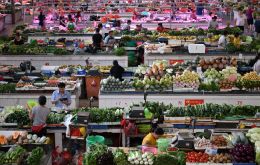
International food commodity prices dipped in October, as falling dairy, meat and vegetable oils prices more than offset a surge in sugar prices, the United Nations said. The FAO Food Price Index, a measure of the monthly change in international prices of a basket of food commodities, averaged 163.5 points in October, down 0.9 percent from September and 7.4 percent below its level a year earlier.
-
Tuesday, May 23rd 2017 - 14:55 UTC
Global food prices down with expectations of robust supplies in key staples

Global food commodity prices fell in April amid expectations of ongoing robust supplies of many key staples. The FAO Food Prices Index averaged 168 points in April, down 1.8% from March although remaining 10% higher than a year earlier.
-
Monday, August 10th 2015 - 07:00 UTC
Dairy and vegetable oils prices help FAO's July food index reach its lowest since 2009

Prices for major food commodities in July hit their lowest average monthly level since September 2009 as sharp drops in the prices of dairy products and vegetable oils more than offset some increases for those of sugar and cereals. Meat prices, meanwhile, remained stable.
-
Friday, December 13th 2013 - 08:52 UTC
FAO food price index in November unchanged: dairy up 23% over a year ago

The FAO Food Price Index averaged 206.3 points in November 2013, almost unchanged from the revised value of 206.6 points in October, but 9.5 points (4.4%) below its November 2012 value. A sharp decline in sugar prices last month nearly offset the rise in oils. Cereals averaged slightly lower but meat and dairy values were stable.
-
Monday, October 7th 2013 - 17:45 UTC
FAO food price index in September down 5.4% since the beginning of the year

The FAO Food Price Index averaged 199.1 points in September 2013, 2.3 points (1%) below its August value and down 11 points (or 5.4%) since the beginning of the year. The decline in September marked the fifth consecutive decrease in the value of the index and was driven by a sharp fall in the international prices of cereals, whereas prices of all other components of the index, namely dairy, oils, meat and sugar, rose slightly.
-
Monday, March 19th 2012 - 15:44 UTC
FAO Food price index rose 1% in February but is 10% below a year ago
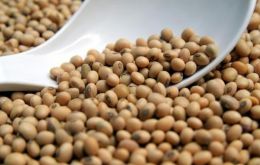
The FAO Food Price Index rose 1% or 2.4 points from January to February. The Index climbed nearly 2% in January – its first increase in six months. The February increase was mostly driven by higher prices of sugar, oils and cereals while dairy prices fell slightly after a marked rise in January.
